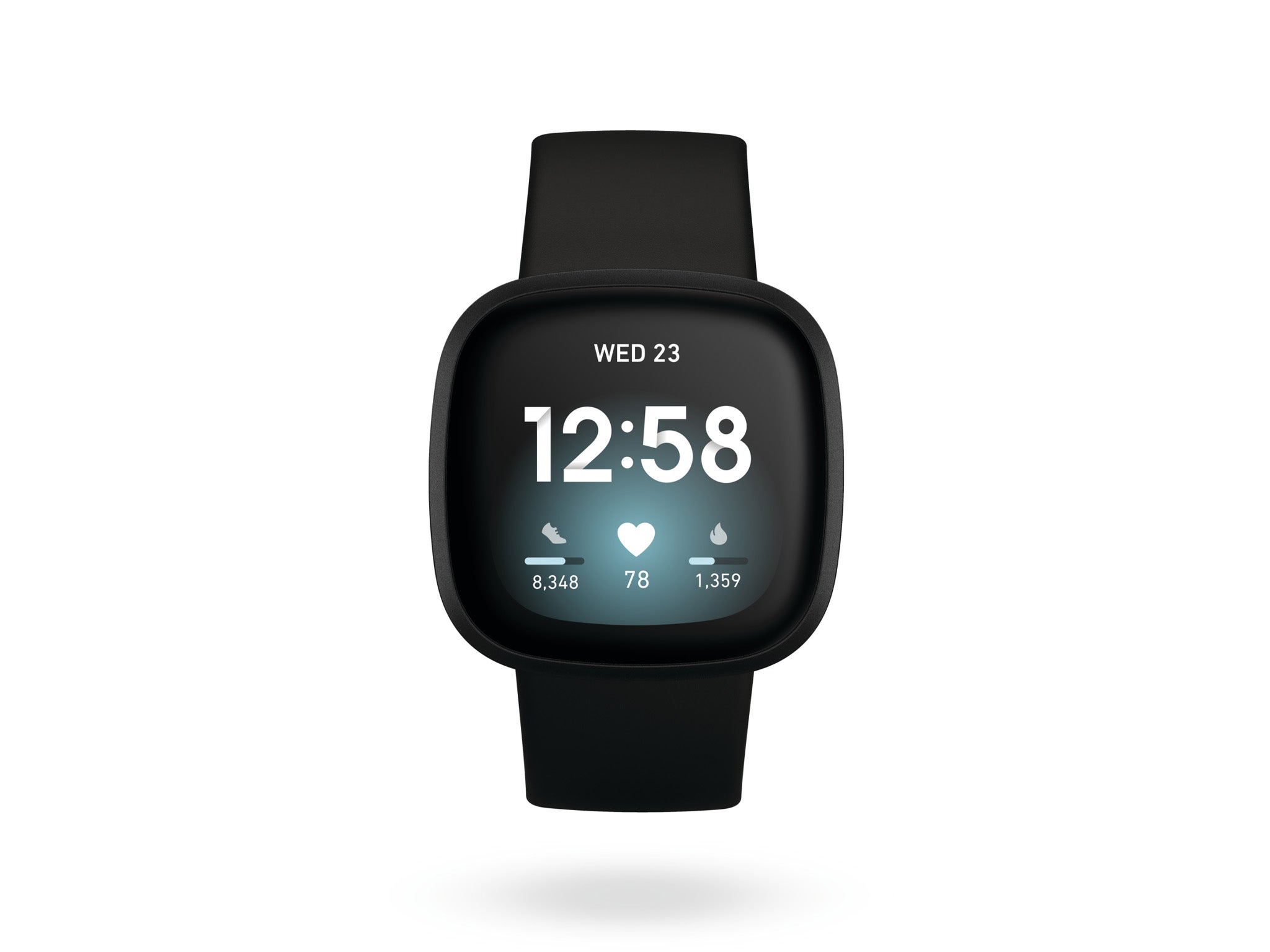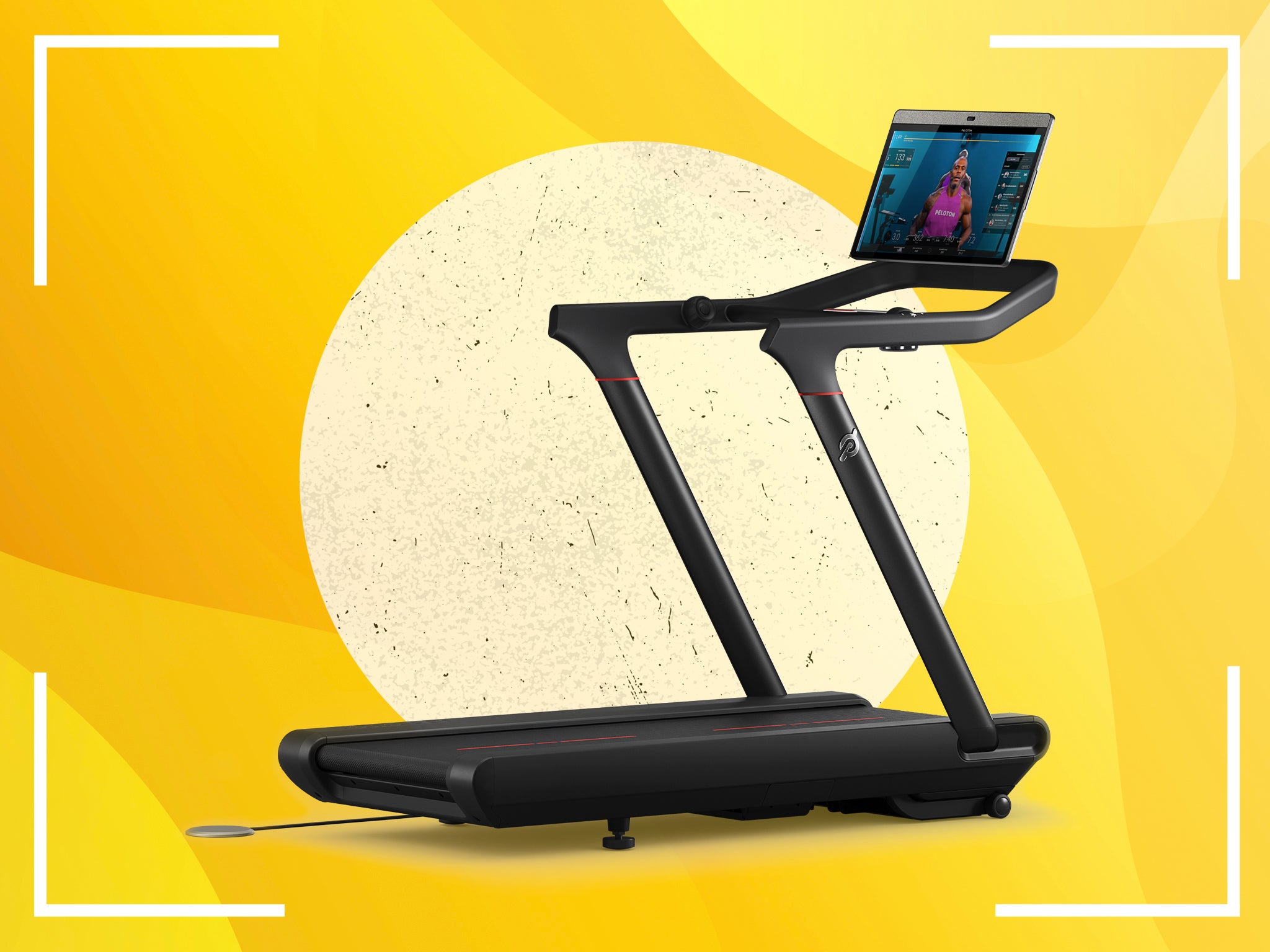Fitbit Versa 3

Battery life: Six days+
Assistant: Alexa, with Google Assistant most likely incoming
Useful features: ECG sensor, SpO2 tracker, guided mindfulness and breathing sessions, sleep tracker, menstrual health tracking, music capability, Bluetooth call and message/app notifications.
Originally marketed as the “mass appeal smartwatch”, the third edition of Fitbit’s wildly successful Versa model still offers more than enough to hold the title. A built-in GPS is the biggest and long-awaited improvement over the Versa 2’s “connected GPS” that ultimately resulted in an imperfect link to your phone’s GPS. No issue with the Versa 3.
While the watch might be more geared to the fitness market, it still has an ECG sensor, and now offers a feature that seems acutely apt for our current situation: an app that measures blood oxygen saturation levels while you sleep gives any user worried about this a history of their average SpO2 levels through the night.
Fitbit’s own sleep tracker will make a note of light, deep and REM sleep to give you a “sleep score”, and offers a smart awake alarm, waiting for the optimum time in your sleep cycle to rouse you from slumber. On top of this, a skin temperature sensor will track variation each night to give you a running average, picking up on any anomalies that could indicate stress.
The new design is slightly softened around the edges, and the screen is a good size for details and physical interaction. Its design is, along with the Sense, among the best on the market, and the wide array of clock face options has something for everyone – there’s space on the watch to save five faces, but the Fitbit app’s library is easy to use. However, there is one downside to the design upgrade: by taking away the side button, Fitbit has forfeited some ease of use for the sake of aesthetics. We found the now-indented side button slightly unreliable, especially during more strenuous activity.
The Versa 3, like its predecessors, is definitely more of a fitness tracker than a wide-ranging smartwatch. However, while its features are more limited than the Sense, it still does a great job of upholding its “mass appeal” moniker. The battery life is phenomenal – almost a week off one charge, and a full day of use from 12 minutes of charge. For purely fitness-focussed folks, the Versa 3 is a winner, with an affordable price point in comparison to rivals, and a still-impressive array of features continuing the Versa series’s praiseworthy lineage.





